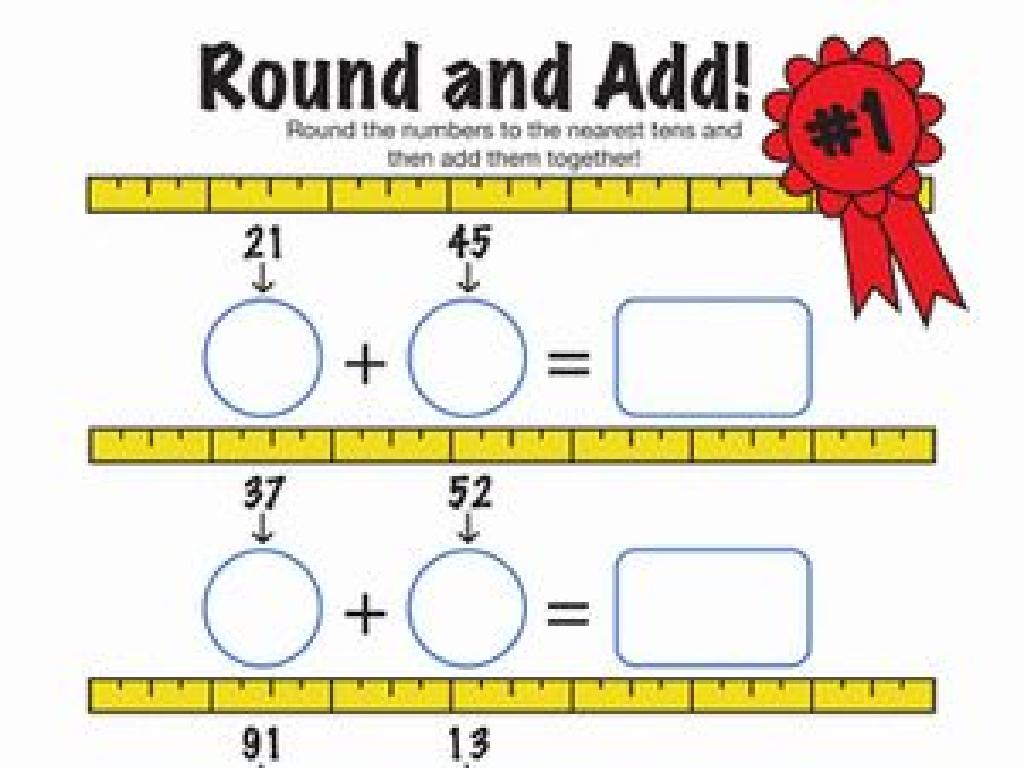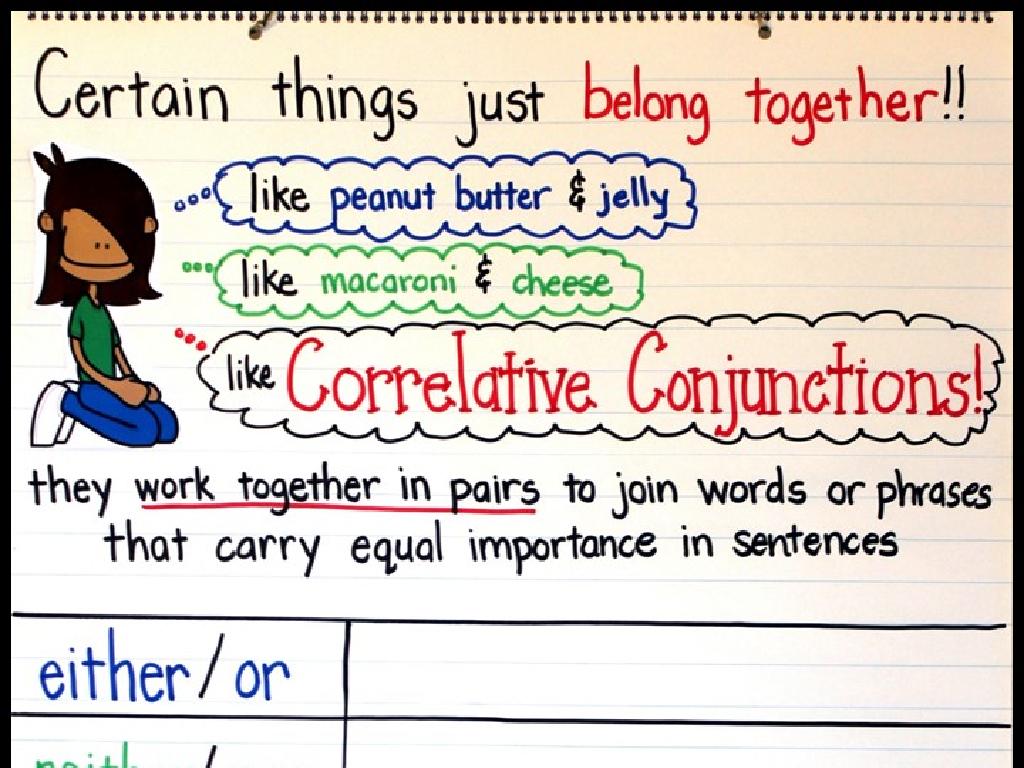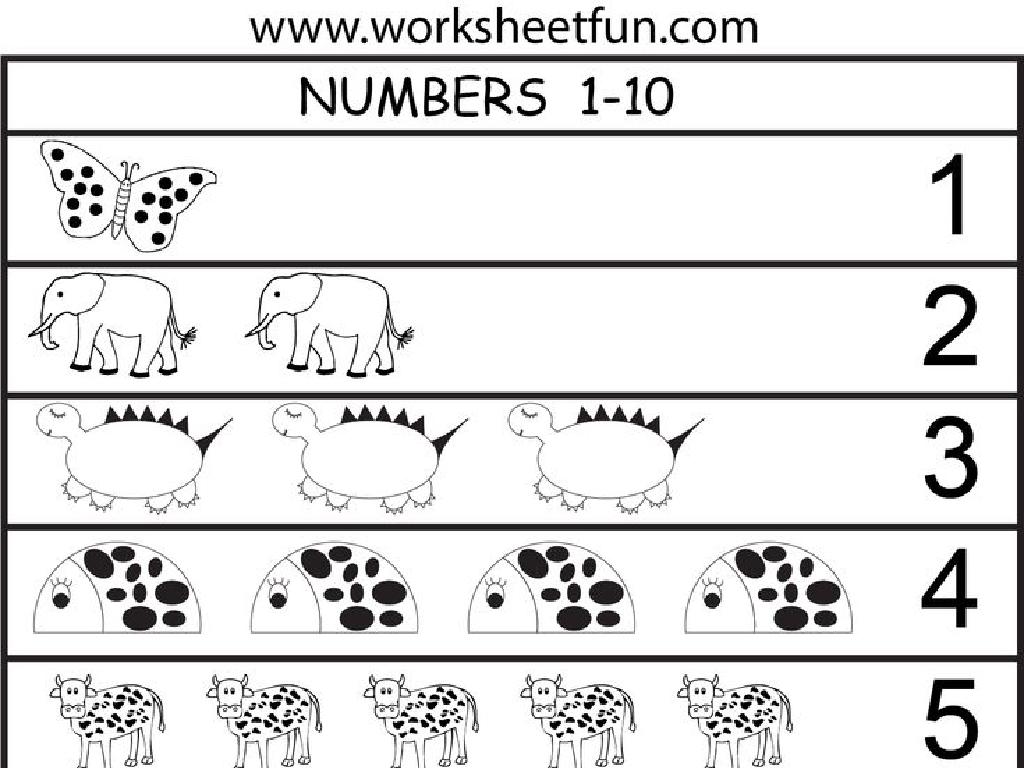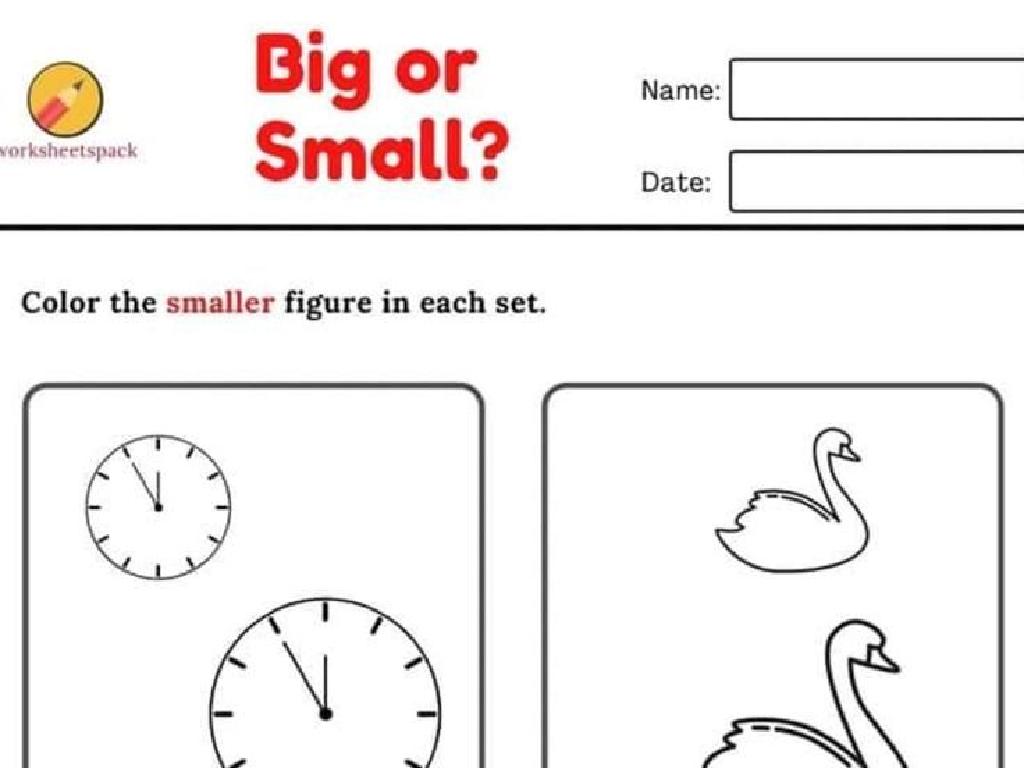The Judicial Branch
Subject: Social studies
Grade: Eighth grade
Topic: Government
Please LOG IN to download the presentation. Access is available to registered users only.
View More Content
Exploring the Judicial Branch
– Three branches of U.S. Government
– The Legislative, Executive, and Judicial branches.
– Judicial Branch’s role
– Interprets laws and administers justice.
– Separation of powers principle
– Ensures no branch becomes too powerful.
– Checks and balances system
– Each branch has powers to check the others.
|
This slide introduces the Judicial Branch within the context of the three branches of the U.S. Government. It’s crucial for students to understand that the Judicial Branch is one of three co-equal branches, alongside the Legislative and Executive. Its primary function is to interpret the laws and ensure justice is served. Emphasize the separation of powers as a foundational principle that prevents any single branch from gaining too much authority. Highlight the checks and balances system as a means to maintain equilibrium between the branches, with each having specific powers to check the others and ensure a balance of power. Use examples like the Supreme Court’s ability to declare laws unconstitutional to illustrate these concepts.
The Structure of the Judicial Branch
– The Supreme Court’s role
– The highest court in the U.S., final arbiter of the law
– Functions of Federal Courts
– Handle cases under federal law, including appeals
– State Courts and their duties
– Deal with state laws and disputes
– Hierarchical court system
|
This slide provides an overview of the structure of the Judicial Branch of the United States government. The Supreme Court is presented as the pinnacle of the judicial system, with the power to make final decisions on legal disputes and interpretations of the law. Federal courts are described as the intermediaries that handle cases pertaining to federal statutes, regulations, and the Constitution. State courts are explained as the judiciary bodies that interpret and apply state laws to cases within their jurisdiction. Emphasize the hierarchical nature of this system and how each level of court has a distinct role and function. Encourage students to think about how this structure ensures justice is served at both the federal and state levels.
The Supreme Court: Pillar of the Judiciary
– Supreme Court’s role and powers
– It’s the highest court, final arbiter of the law, and ensures the American people the promise of equal justice under the law.
– Appointment of Justices
– Justices are nominated by the President, confirmed by the Senate, serving life terms to maintain judicial independence.
– Landmark Supreme Court cases
– Cases like Brown v. Board of Education (racial segregation) and Roe v. Wade (abortion rights) have shaped U.S. society.
|
This slide introduces students to the Supreme Court, the apex of the judicial branch in the U.S. government. It outlines the Court’s role in interpreting the Constitution, its power in judicial review, and its function in ensuring justice. The process of appointing Justices is crucial for students to understand the checks and balances system. Highlighting famous cases will help students grasp the Court’s impact on society and law. Encourage students to think critically about how these cases continue to affect their lives today.
The Federal Court System
– District Courts: Trial level
– First step in the federal judicial process, handle civil and criminal cases.
– Circuit Courts: Appeals level
– Review decisions made by District Courts, no new evidence or testimonies.
– Specialized Courts: Unique cases
– Deal with specific areas of law, e.g., Tax Court, Court of Military Appeals.
– Structure and function overview
|
This slide provides an overview of the three main levels of the federal court system. District Courts are the general trial courts where cases are first heard and decided. Circuit Courts, also known as Courts of Appeals, review cases from the District Courts to ensure the law was applied correctly. Specialized Courts, such as Tax Court or Military Court, focus on particular areas of law. Understanding the structure and function of each court is crucial for grasping how the judicial branch operates. Encourage students to think of questions or examples of cases that might be heard at each level. Discuss the importance of the appeals process and how it helps maintain fairness and accuracy in the judicial system.
The State Court System
– State Supreme Courts overview
– The final arbiter of state laws and constitutions
– Role of Intermediate Appellate Courts
– They review and rule on appeals from lower courts
– Function of Trial Courts
– Initial venue for litigation and hearings
– Hierarchy of state courts
|
This slide introduces students to the hierarchy and functions of the state court system. The State Supreme Courts are the highest courts in a state and have the final say on matters of state law and constitution. Intermediate Appellate Courts are the middle level, where decisions from lower courts can be appealed and reviewed. Trial Courts are the starting point for all cases, where evidence is presented and verdicts are made. Understanding the structure of the state court system is crucial for comprehending how legal decisions and interpretations are made within a state. Encourage students to think about how this system affects their lives and the importance of each court’s role in upholding justice.
Judicial Review: Power of the Courts
– Define Judicial Review
– Judicial Review allows courts to decide on the constitutionality of laws.
– Case Study: Marbury v. Madison
– 1803 case where the Supreme Court established its authority to strike down laws.
– Judicial Review’s Role
– It ensures laws align with the Constitution.
– Impact on Law and Society
– Shapes legislation, protects rights, and influences societal norms.
|
This slide introduces the concept of Judicial Review, a cornerstone of the American legal system, where courts have the power to assess the constitutionality of legislative and executive actions. Highlight the landmark case Marbury v. Madison, which established this principle and solidified the role of the Supreme Court. Discuss how Judicial Review serves as a check on the other branches of government, ensuring that all laws adhere to the Constitution. Emphasize its profound impact on both law and society, as it not only shapes the legal landscape but also protects individual rights and reflects societal changes over time. Encourage students to think of recent examples where Judicial Review might have played a role in current events.
How Cases Reach the Supreme Court
– Understanding Writ of Certiorari
– A legal document requesting a case review.
– The Rule of Four Explained
– If four justices agree, the case is reviewed.
– Supreme Court’s Case Selection
– Not all cases can be heard; criteria exist.
– Discretion in Choosing Cases
– The Court has autonomy in case selection.
|
This slide aims to explain the process through which cases are brought before the Supreme Court. A ‘Writ of Certiorari’ is a formal request to the Supreme Court to review a lower court’s decision. The ‘Rule of Four’ is a Supreme Court practice that permits four of the nine justices to grant a writ of certiorari. This is significant because it demonstrates the democratic aspect of case selection. The Supreme Court’s discretion in case selection is based on several factors, including the case’s national importance, the need to resolve conflicts of law, and the presence of a significant legal question. Students should understand that the Supreme Court’s power to choose its cases is a critical aspect of its role in the U.S. judicial system.
The Role of the Judicial Branch
– Safeguarding rights and liberties
– Ensures individual freedoms are protected
– Interpreting and applying laws
– Judges clarify laws, resolving disputes
– Upholding democratic principles
– Maintains checks and balances in democracy
– Balancing governmental powers
– Prevents abuse of power by other branches
|
The Judicial Branch is crucial in protecting the rights and liberties of citizens, serving as the guardian of the Constitution. Its role in interpreting and applying the law is fundamental to resolving disputes and ensuring justice. As a pillar of democracy, the Judicial Branch maintains the system of checks and balances, preventing any single branch of government from becoming too powerful. It’s essential for students to understand how the Judicial Branch functions to uphold democratic values and the rule of law. Encourage them to think of examples where court decisions have had a significant impact on society.
Class Activity: Mock Supreme Court
– Divide into role-specific groups
– Review a fictional case
– Examine the details and facts of the case
– Prepare arguments pro and con
– Develop persuasive arguments for both sides
– Conduct a mock trial
– Simulate the trial process in class
|
This activity is designed to give students a practical understanding of the Supreme Court’s functioning. Divide the class into groups, assigning roles such as justices, attorneys, and litigants. Provide a fictional case for review, ensuring it is appropriate for the grade level. Each group should prepare arguments for both sides of the case, fostering critical thinking and understanding of legal reasoning. During the mock trial, students will present their arguments, deliberate, and render a decision, mimicking the real-life procedures of the Supreme Court. This interactive experience will help students grasp the complexities of judicial decision-making and the significance of the Judicial Branch in the U.S. government. Possible roles include justices, lawyers, plaintiffs, defendants, and jury members. Encourage students to engage with the material and think deeply about the legal and ethical dimensions of the case.






